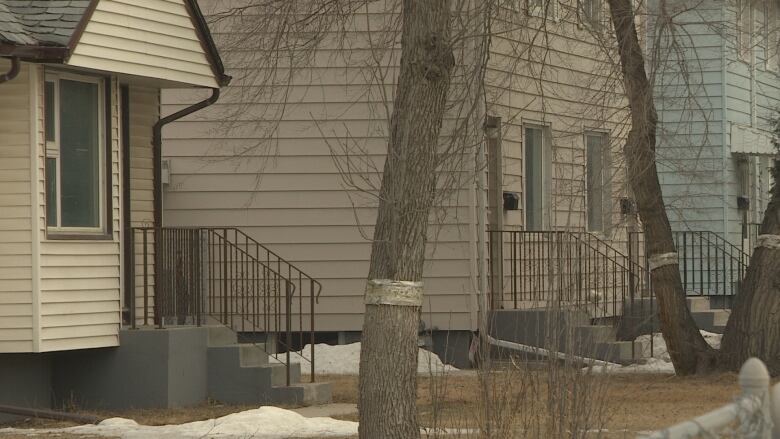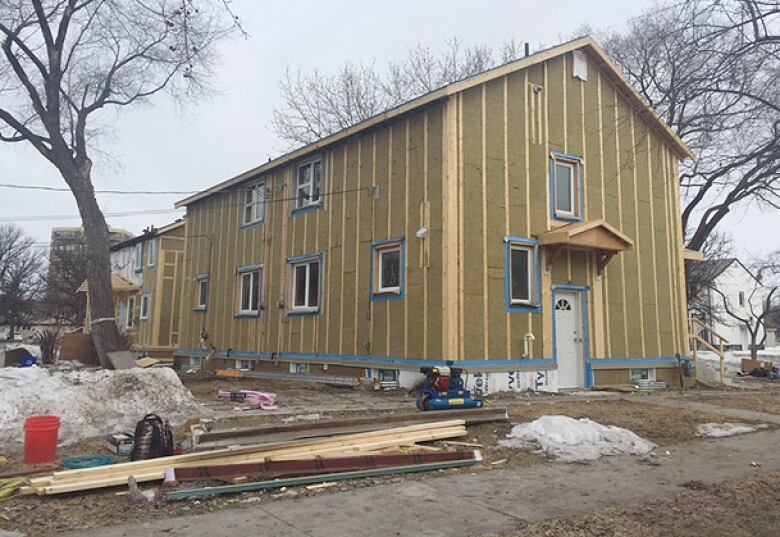Military begins tearing down houses near Kapyong Barracks
More vacant homes, including those along west side of Kenaston Boulevard, will be demolished

A big step is being taken towards the eventual widening of Kenaston Boulevard in Winnipeg.
The Department of National Defence has been demolishing nine vacant military houses near the Kapyong Barracks since last month, with $400,000 set aside to tear down even more in preparation for the widening of Kenaston.
A spokesperson for the department said that money should cover the demolition of about 20 houses, including all of thosealongthe west side of Kenaston between CorydonAvenue and CarpathiaRoad.
The work is tentatively scheduled to start in late2017 or 2018, a statement from the department says.

The initial nine some on Kenaston, some on Corydon were taken down because theyhad significant structural problems and were uninhabitable.
It's not clear, however, when theCity of Winnipeg will begin the widening project. A spokesperson said the city is still waiting for the owner of the barracks lands a separate site from the military housing that's being demolished to be determined.
The military abandoned that64-hectare site, west ofKenastonat Grant Avenue, in late 2004 when the 2nd Battalion Princess Patricia's Canadian Light Infantry was moved to Canadian Forces BaseShilo, near Brandon, Man.
The barracks site contains 41 deterioratingbuildings, including sleeping quarters, an officers' mess and administration space, which are expected to be torn down.
- Kapyong Barracks demolition will begin in 2017, federal government says
- Feds want to tear down Kapyong after millions spent maintaining abandoned barracks
- Kapyong Barracks deteriorating as court battle wages on
The land has been subject to a court battle for the past decade. Agroup of Treaty 1 First Nations challenged the federal Treasury Board's decision to sell the site to a Crown corporation, saying they had a right to the land under outstanding Treaty Land Entitlementclaims.
In 2009, Justice Douglas Campbell ruled the transfer illegitimate,siding with First Nations who said they weren't adequately consulted.
The federalgovernment appealed several times before then-prime minister Stephen Harper announced in 2015 his administration would no longer pursue an appeal.
- Kapyong Barracks court decision won't be appealed, says Stephen Harper
- Kapyong transfer invalid, court rules
- Kapyong Barracks ruling favours First Nations
The military continues to own the residential area near the site, however.
There are 350 residential housing units, with 283 currently occupied by militarymembers and their families.Of the 67 that are vacant, less than half will be demolished while the remainder are being renovated to improve energy efficiency and will be occupied again.













_(720p).jpg)


 OFFICIAL HD MUSIC VIDEO.jpg)
.jpg)



























































































